Molecular mechanisms: Fragile X brains have altered synapses
Neurons in a mouse model of fragile X syndrome make more connections during a critical period in development compared with controls, but are slower to respond to signals.
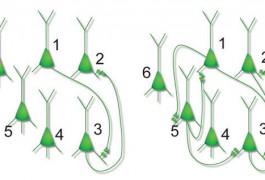
Neurons in a mouse model of fragile X syndrome make more connections during a critical period in development compared with controls, but are slower to respond to signals.
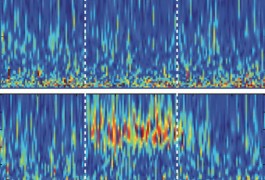
By zapping mouse brains with blue and yellow light beams, scientists have manipulated the animals’ social behaviors and bolstered a popular theory of what causes autism.
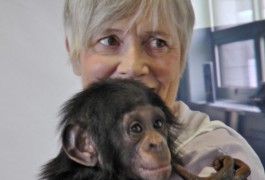
Similarities between us and our closest ape relatives — chimpanzees and bonobos — have shaped our understanding of what it means to be human. The latest surprise is Teco, a young bonobo who shows behaviors that look suspiciously similar to those associated with autism.

In addition to having trouble connecting with others, individuals with autism also struggle with their sense of self, according to a review published in January in Neurocase.
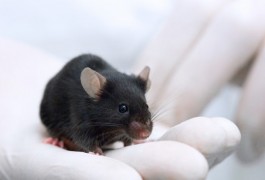
A partial mutation that leads to a milder form of fragile X syndrome causes deficits in learning and memory in mice, and alters the connections between their neurons, according to a study published in January in Neurobiology of Disease.

The ‘intense world theory’ says autism stems from hyper-sensitive reactions to the world, allowing the individual to zoom in on tiny details, but ignore the bigger picture.
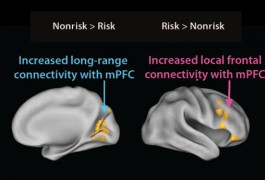
A variant of the autism risk gene CNTNAP2 may alter the brain to emphasize connections between nearby regions and diminish those between more distant ones, according to a study published 3 November in Science Translational Medicine.
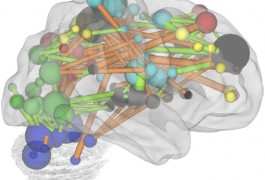
Areas of the brain that are active when people are daydreaming or sleeping, and quiet when they are engaged in a task, are imperfectly synchronized in people with autism and attention deficit hyperactivity disorder, researchers say.

Telling jokes allows children to connect with others, refine their language skills and develop keen imaginations. Because these are precisely the skills lacking in people with autism, studying humor in children with the disorder may give insights into their abnormal brain circuitry and even lead to therapies, according to a review published in the Journal of Child Neurology.
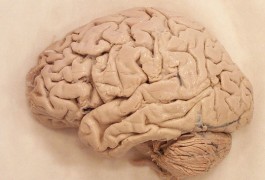
A study of postmortem brain tissue shows that RPP25, a gene on the autism-linked 15q22-26 chromosomal region, is expressed differently in the brains of people with the disorder. This is the first time this gene has been implicated in autism.